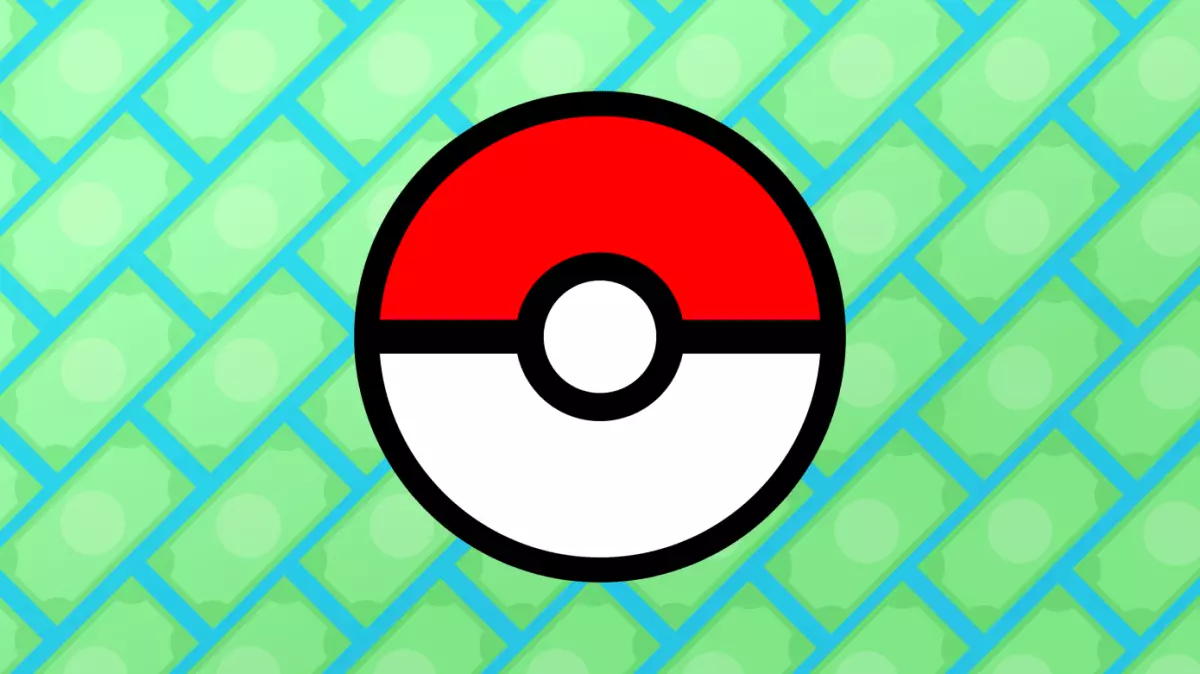In an intriguing blend of nostalgia and advanced technology, Anthropic has leveraged the iconic Pokémon Red game to evaluate its latest AI model, Claude 3.7 Sonnet. This rich gaming experience from the battlefield of retro gaming serves as a compelling backdrop for assessing how contemporary AI can navigate and manipulate complex data through an age-old framework. By integrating fundamental functionalities such as memory management, pixel input recognition, and button commands, Anthropic has provided Claude 3.7 Sonnet not only with the tools to “play” but also to engage with the game in ways that reflect a deeper cognitive capacity—specifically, what is being termed as “extended thinking.”
The characterization of this new model’s capabilities reveals a significant advancement compared to its predecessor, Claude 3.0 Sonnet, which was unable to progress beyond the initial setting of Pallet Town. The strides Claude 3.7 has made—overcoming obstacles such as defeating three gym leaders and earning badges—demonstrate the model’s enhanced problem-solving skills and adaptive learning mechanisms. The transition from failure to successful action in a gaming environment speaks volumes about the evolution of AI systems; it not only showcases improvements in machine learning algorithms but also highlights how these systems can recognize and adapt to game dynamics in real time.
Despite its advancements, the parameters of Claude 3.7’s performance raise questions about computational requirements and processing time. Anthropic mentions that the model executed an impressive 35,000 actions to ultimately challenge the last gym leader, yet details on the specific computational resources required remain vague. This ambiguity is critical; it might lead developers and researchers to dissect the model’s performance more rigorously in terms of efficiency and scalability, which are essential for real-world applications extending beyond gaming.
Anthropic’s choice of Pokémon Red as a benchmark may seem whimsical, yet this practice is not new. The field of artificial intelligence has long utilized gaming environments as evaluative tools, reflecting a tradition that extends back decades. From strategy games like chess to action-packed experiences like Street Fighter, various platforms have become common grounds for testing AI capabilities. Engaging with diverse genres allows for the assessment of not only agility and responsiveness but also the capacity for strategic planning and adaptability—a trifecta of skills vital for robust AI.
Ultimately, while using a classic game like Pokémon for AI benchmarking may appear trivial, it is a testament to the creative intersections of technology and culture. By continuing to harness such familiar frameworks, developers can obtain valuable insights into the capabilities and limitations of AI, enabling further refinement and innovation. As AI models evolve, the line between gaming and real-world applications may blur, opening new horizons for how these technologies are perceived and integrated into our daily lives. As we continue to witness the advancements in AI driven by creative methodologies, the future promises exciting possibilities for both AI and interactive gaming landscapes.

